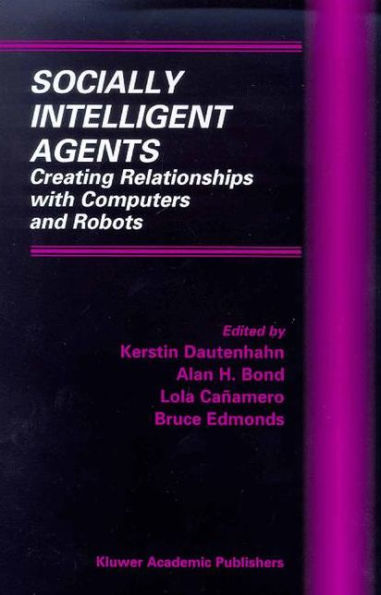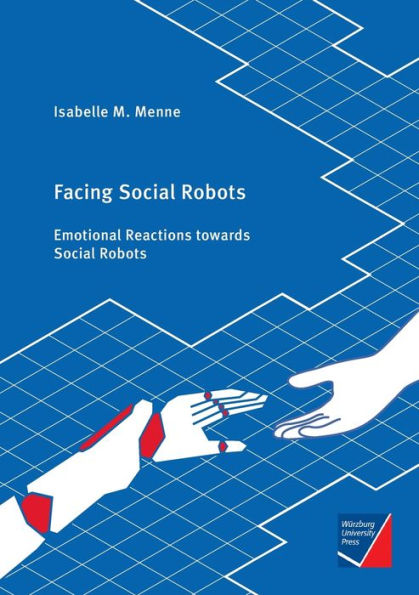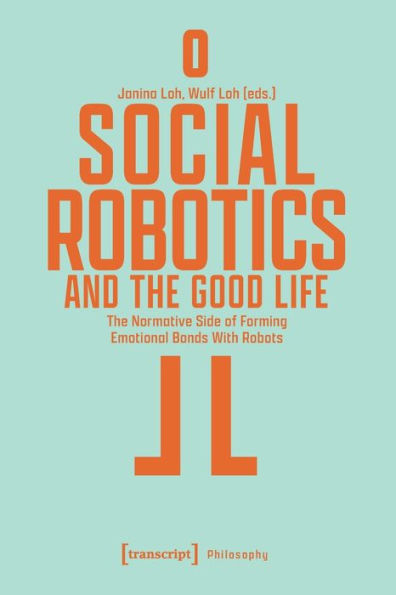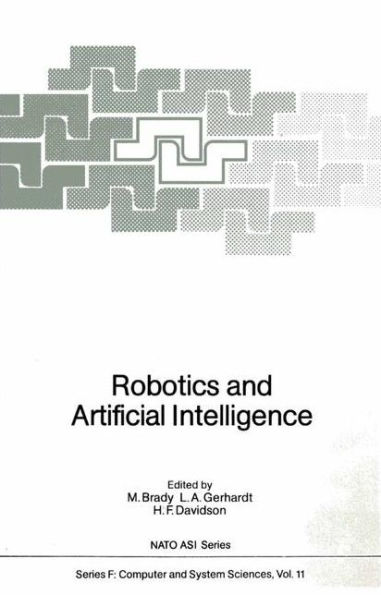Home
Socially Intelligent Agents: Creating Relationships with Computers and Robots



Socially Intelligent Agents: Creating Relationships with Computers and Robots
Current price: $169.99
Loading Inventory...
Size: OS
Socially situated planning provides one mechanism for improving the social awareness ofagents. Obviously this work isin the preliminary stages and many of the limitation and the relationship to other work could not be addressed in such a short chapter. The chief limitation, of course, is the strong commitment to defining social reasoning solely atthe meta-level, which restricts the subtlety of social behavior. Nonetheless, our experience in some real-world military simulation applications suggest that the approach, even in its preliminary state, is adequate to model some social interactions, and certainly extends the sta- of-the art found in traditional training simulation systems. Acknowledgments This research was funded by the Army Research Institute under contract TAPC-ARI-BR References [1] J. Gratch. Emile: Marshalling passions in training and education. In Proceedings of the Fourth International Conference on Autonomous Agents, pages 325–332, New York, 2000. ACM Press. [2] J. Gratch and R. Hill. Continous planning and collaboration for command and control in joint synthetic battlespaces. In Proceedings of the 8th Conference on Computer Generated Forces and Behavioral Representation, Orlando, FL, 1999. [3] B. Grosz and S. Kraus. Collaborative plans for complex group action. Artificial Intelli gence, 86(2):269–357, 1996. [4] A. Ortony, G. L. Clore, and A. Collins. The Cognitive Structure of Emotions. Cambridge University Press, 1988. [5] R.W.PewandA.S.Mavor,editors. Modeling Human and Organizational Behavior. National Academy Press, Washington D.C., 1998.


















